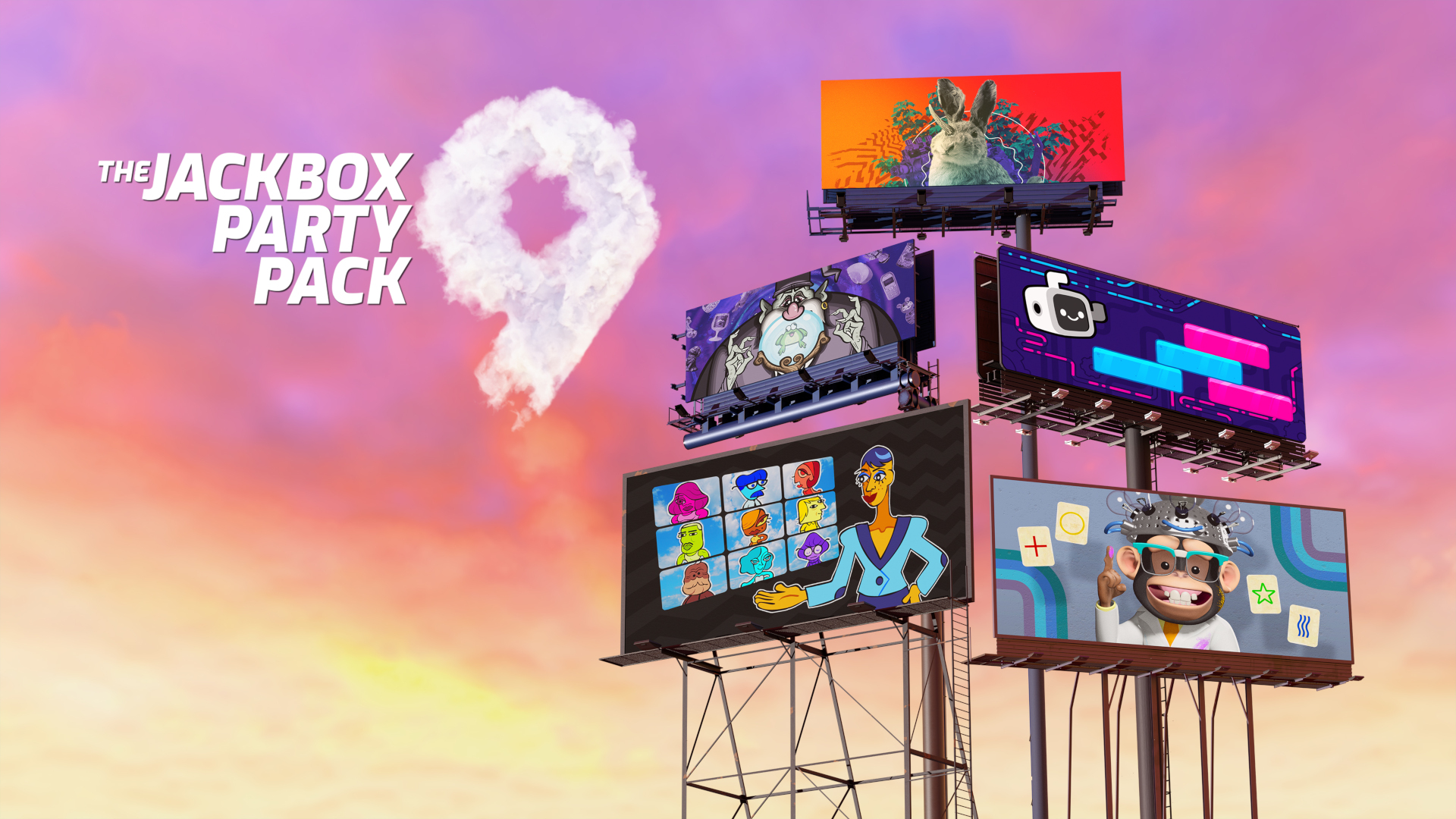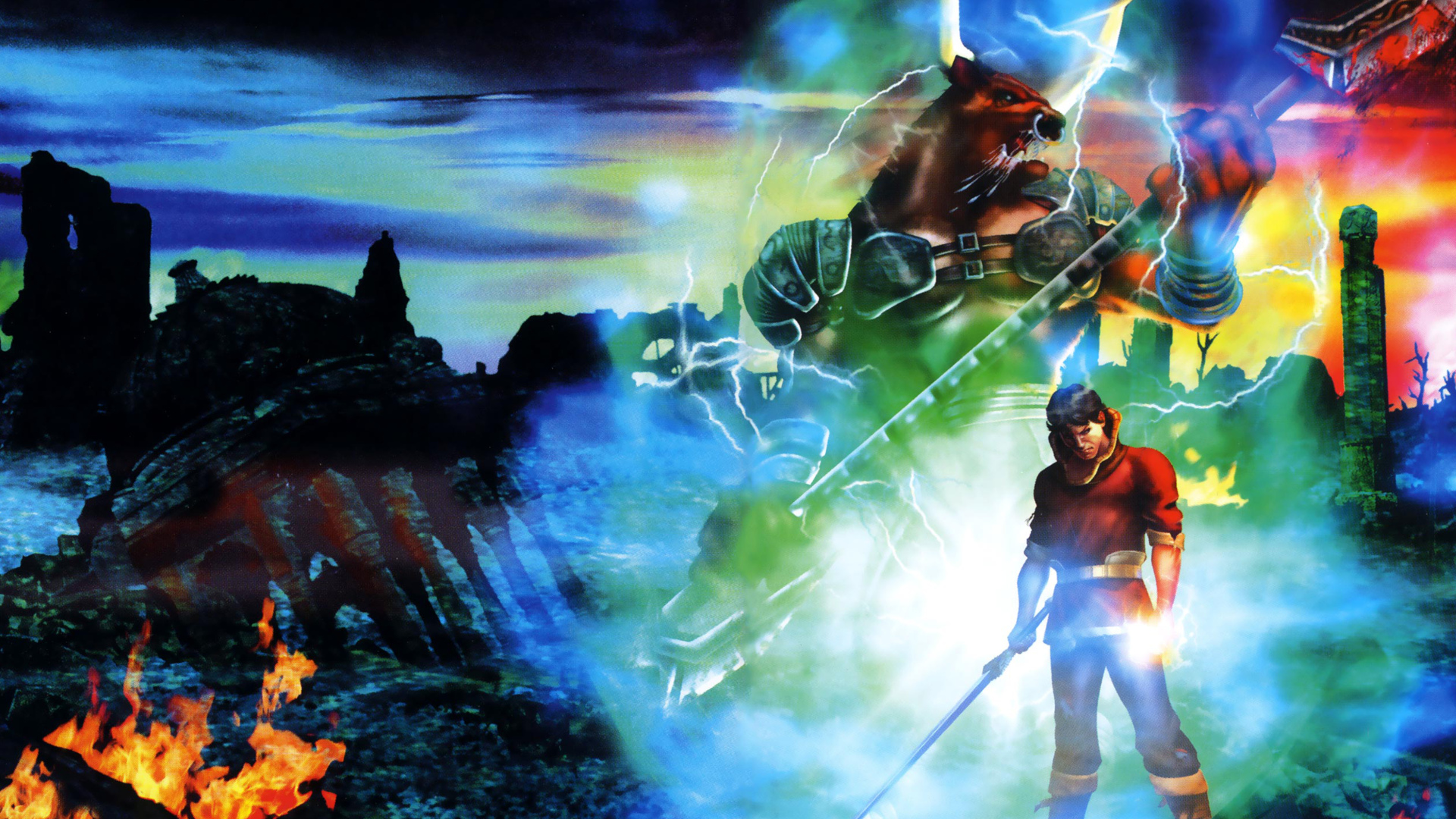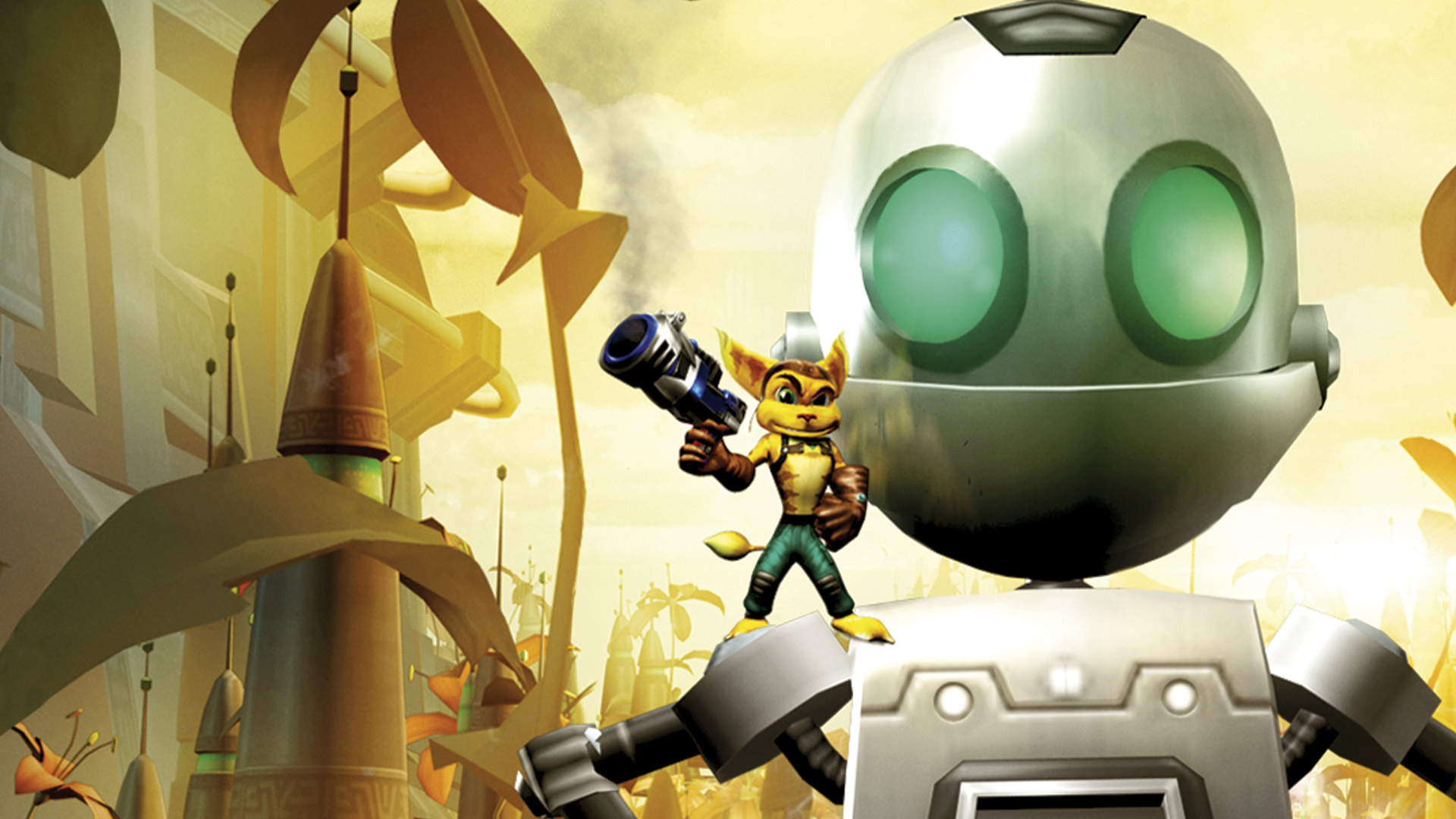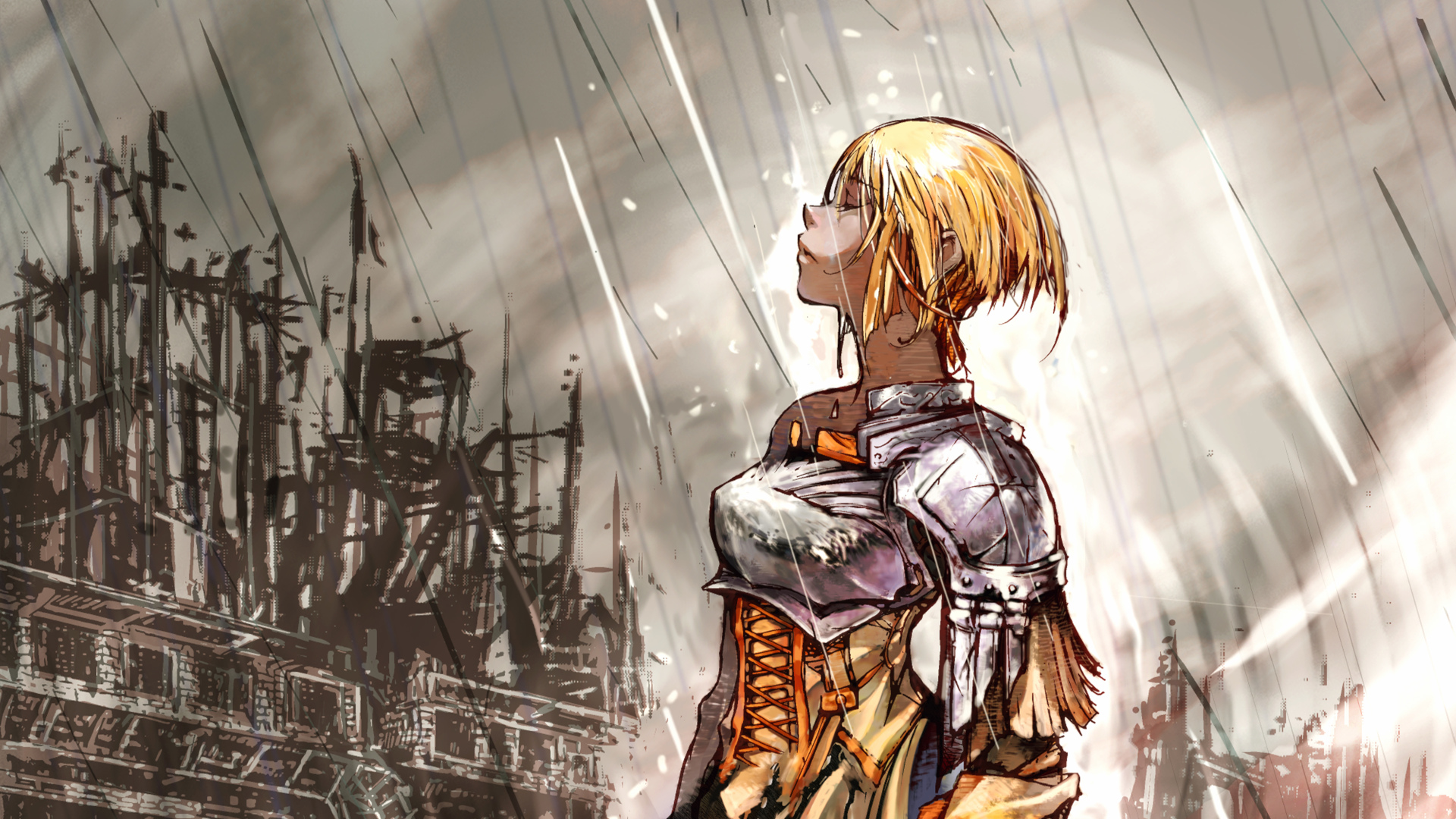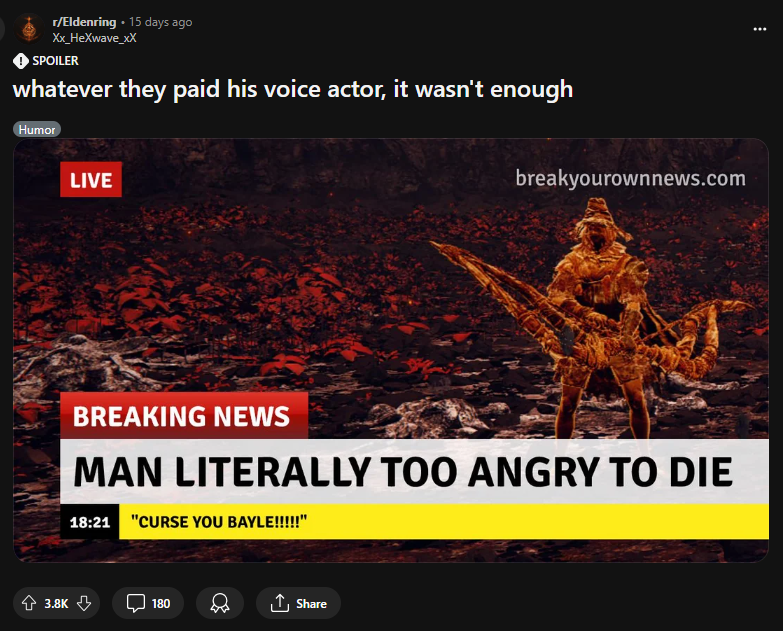San Diego Comic-Con is back in full force this year (and so is IGN’s livestream), taking place from July 25-28, and we’re just starting to get a good idea of the movies, TV shows, and games that will be holding panels this year.
Headlining the early announcements are movies like Transformers One and TV series like The Boys, The Lord of the Rings: Rings of Power, Rick and Morty: The Anime, Dexter: Original Sin, various Star Trek shows, and more. And although it hasn’t been officially announced yet, Marvel Studios is expected to return with another jam-packed Hall H panel, which has been held on the Saturday evenings in past years.
This year’s convention should be a return to form after SDCC 2023 was heavily impacted by the writers’ and actors’ strikes, making it difficult for most big stars to appear and promote their upcoming projects. 2022’s convention saw panels for Marvel, DC, HBO, Prime Video, and much, much more.
Keep in mind that official announcements have only started to roll out, so there’s still plenty that will be revealed in the coming days. We’ll update this article as they come in with panel times and official description, but in the meantime, here’s everything we know so far:
Thursday
10:30 a.m. – 11:30 a.m. – Avatar: Braving the Elements – Live! with Janet Varney & Dante Basco: Jump into the amazing world of Avatar with Janet Varney (the voice of “Korra”) and Dante Basco (the voice of “Prince Zuko”), co-hosts of Nickelodeon’s award-winning, official companion podcast – Avatar: Braving the Elements. Join us as we revisit some of the most iconic scenes from the animated series with special guests: Greg Baldwin (voice of “Uncle Iroh”), Michaela Jill Murphy (voice of the original “Toph”), and Cara O’Neil (Dark Horse Comics). We’ll also talk about the latest and greatest happenings in the Avatarverse and put our super-fan trivia skills to the test – you won’t want to miss this chance to join friends, benders, and non-benders alike to geek out about All. Things. Avatar! (Room: 6BCF)
11:45 p.m. – Transformers One (per Deadline): Stars Chris Hemsworth, Brian Tyree Henry, and Keegan-Michael Key, director Josh Cooley, and producer Lorenzo di Bonaventura will show off some exclusive footage and more. (Hall H)
1:00 p.m. – 2:00 p.m. – Celebrating 25 Years of Nickelodeon’s SpongeBob SquarePants: What’s funnier than 24? 25! Nickelodeon is celebrating SpongeBob SquarePants’ landmark 25th anniversary with a panel that will take fans down to Bikini Bottom and beyond for a special look at its iconic origins, including a live cast table read of “Help Wanted, exclusive content, and the nautical nonsense to come. Join the legendary voice cast Tom Kenny (SpongeBob), Bill Fagerbakke (Patrick), Carolyn Lawrence (Sandy), Rodger Bumpass (Squidward), Clancy Brown (Mr. Krabs), and Mr. Lawrence (Plankton), along with executive producers Marc Ceccarelli and Vincent Waller and special guests as they celebrate one of the most popular characters and beloved animated series of all time. It’s going to be the Best Day Ever! Moderator: Good Burgers’ Ed (Kel Mitchell). (Hall H)
1:45 p.m. – 2:45 p.m. – First Look at Peacock’s Horror-Thriller Series Teacup: Join executive producers James Wan and Ian McCulloch and stars Yvonne Strahovski, Scott Speedman, and Chaske Spencer for an exclusive sneak peek at Peacock and Atomic Monster’s upcoming original horror series Teacup – a terrifying tale following a disparate group of people in rural Georgia who must come together in the face of a mysterious threat in order to survive. (Ballroom 20)
2:15 p.m. – 3:15 p.m. – Tales of the Teenage Mutant Ninja Turtles – Cowabunga! From the studios that brought audiences the Mutant Mayhem film, the all-new Paramount+ original series Tales of the Teenage Mutant Ninja Turtles explores the adventures of everyone’s favorite pizza-loving heroes as they emerge from the sewers and onto the streets of NYC. Join the voices of Leo, Raph, Donnie, Mikey and special guests, as well as series producers, for an exclusive panel featuring never-before-seen content moderated by host, writer, podcaster and stand-up comedian Claire Lim. (Room: 6BCF)
3:00 p.m. – 4:00 p.m. – Behind-the-Action of Peacock’s Gladiator Epic Those About to Die: Dive into the Roman Empire’s explosive intersection of sports, politics, and dynasties as featured in Those About To Die with an exclusive behind-the-scenes look at the making of the Peacock series alongside executive producer/director Roland Emmerich and stars Iwan Rheon, Sara Martins, Moe Hashim, Jojo Macari, and Dimitri Leonidas. (Ballroom 20)
Friday
10:00 a.m. – The Boys: Join showrunner and executive producer Eric Kripke and the series’ stars for a post-season finale celebration. Hear from the cast and creator about the head-exploding, jaw-dropping fourth season, along with behind-the-scenes secrets, favorite moments, and thrilling surprises. Based on The New York Times best-selling comic by Garth Ennis and Darick Robertson, The Boys is a fun and irreverent take on what happens when superheroes, who are as popular as celebrities, abuse their superpowers rather than use them for good. It’s the powerless against the super-powerful as The Boys embark on a heroic quest to expose the truth about The Seven. (Hall H)
11:00 a.m. – Adult Swim’s Common Side Effects Series First Look: Come experience the side effects of an incredible panel discussion about Adult Swim’s highly anticipated new series. “Common Side Effects.” From executive producers Mike Judge and Greg Daniels, and creators Joe Bennett and Steve Hely, this comedic thriller follows two former high school lab partners who take on big pharma and government agencies as they try to bring a medicine that cures everything to the whole world. Co-creator Steve Hely and writer/director Sean Buckelew will join the series voice cast including Martha Kelly, Emily Pendergast, Joseph Lee Anderson and Dave King to discuss the new series. (Indigo Ballroom)
11:05 a.m. – The Lord of the Rings: Rings of Power: Join the series’ showrunners and cast as they give an inside look into the highly anticipated second season, premiering August 29, 2024 on Prime Video. Get ready to experience stunning visuals, thrilling surprises, and unique insight into the darkness that has returned to threaten all of Middle-earth this season. (Hall H)
12:00 p.m. – Adult Swim’s “Rick And Morty: The Anime” Series First Look: Go further into the multiverse of Rick and Morty with the new series “Rick and Morty: The Anime” as it lands at San Diego Comic-Con. Writer/director Takashi Sano, producers Joseph Chou and Takenari Maeda, and Adult Swim’s head of action and anime Jason DeMarco will share details about the intergalactic adventure and show you the inner workings of the new series on Adult Swim. (Indigo Ballroom)
1:00 p.m. – Adapting Fan Favorites: A Conversation with Prime Video’s Adult Animation Creators: Join executive producers Robert Kirkman (Invincible), Vivienne Medrano (Hazbin Hotel), Travis Willingham (The Legend of Vox Machina), and Kyle Hunter (Sausage Party: Foodtopia) as they discuss adapting some of the most popular comic books, crowdfunded gems, films, and more into successful television series, give sneak peeks into upcoming seasons, and share exclusive news from each of their respective series. (Indigo Ballroom)
2:30 p.m. – Like a Dragon: Yakuza: Join series lead Ryoma Takeuchi, producers, and a surprise A-list star from the cast, as they share an exclusive first look and delve into the creation of this adaptation based on SEGA’s iconic game loved by fans globally. Fans will walk away with an exclusive souvenir from the panel. (5AB)
5:45 p.m. – 6:45 p.m. – Dexter: Original Sin: Dexter: Original Sin cast, showrunner and executive producers discuss the upcoming prequel to the fan-favorite series Dexter. Join showrunner and executive producer Clyde Phillips, executive producer Scott Reynolds and cast members Christian Slater (Harry Morgan), Patrick Gibson (Dexter Morgan) and Molly Brown (Debra Morgan) as they share what to expect from the new series and unveil a few exciting surprises. Moderated by Dexter: Original Sin special guest star, Sarah Michelle Gellar. (Ballroom 20)
Saturday
10:00 am – My Adventures with Superman Screening Presentation and Panel: Join executive producers Jake Wyatt, Josie Campbell, Brendan Clogher, and voice cast members Jack Quaid, Alice Lee, Ishmel Sahid, and Kiana Madeira as they answer your burning questions from season two. Plus get the early scoop on all the action, comedy, and romance that awaits Clark, Lois, and Jimmy in season three. Airing on Adult Swim, “My Adventures with Superman” is produced by Warner Bros. Animation. (Indigo Ballroom)
1:45 p.m. -3:15 p.m. – Star Trek: The fan-favorite STAR TREK universe panel returns to San Diego Comic-Con, featuring exclusive back-to-back conversations with cast and producers from Star Trek: Strange New Worlds, Star Trek: Lower Decks, Star Trek: Starfleet Academy, a Hall H welcome to new cast members from Star Trek: Section 31, plus reveals and surprises you won’t want to miss! Moderated by award-winning filmmaker, director and executive producer Justin Simien. (Hall H)
2:45 p.m. – Batman: Caped Crusader: Join executive producer Matt Reeves and cast members Hamish Linklater, Jamie Chung, and Minnie Driver for the world-premiere screening of the upcoming and highly anticipated series followed by a moderated Q&A where they will discuss their characters and tease key storylines in the upcoming season. From Warner Bros. Animation, Bad Robot Productions, 6th & Idaho, and based on DC characters, the series is a reimagining of the Batman mythology through the visionary lens of executive producers J.J. Abrams, Matt Reeves, and Bruce Timm. Batman: Caped Crusader executive producers also include Ed Brubaker, James Tucker, Daniel Pipski, Rachel Rusch Rich, and Sam Register. (6BCF)
6:45 p.m. – From: MGM+’s FROM unravels the mystery of a nightmarish town that traps all those who enter. As the unwilling residents fight to keep a sense of normalcy and search for a way out, they must also survive the threats of the surrounding forest – including the terrifying creatures that come out when the sun goes down. Join executive producers Jeff Pinkner, Jack Bender, John Griffin and the stars of the series Harold Perrineau, Elizabeth Saunders, Catalina Sandino Moreno, Eion Bailey, and David Alpay for a sneak peek at the new questions and threats that await the townsfolk in Season 3. (Indigo Ballroom)
Thumbnail credit: Daniel Knighton/Getty Images
Alex Stedman is a Senior News Editor with IGN, overseeing entertainment reporting. When she’s not writing or editing, you can find her reading fantasy novels or playing Dungeons & Dragons.


